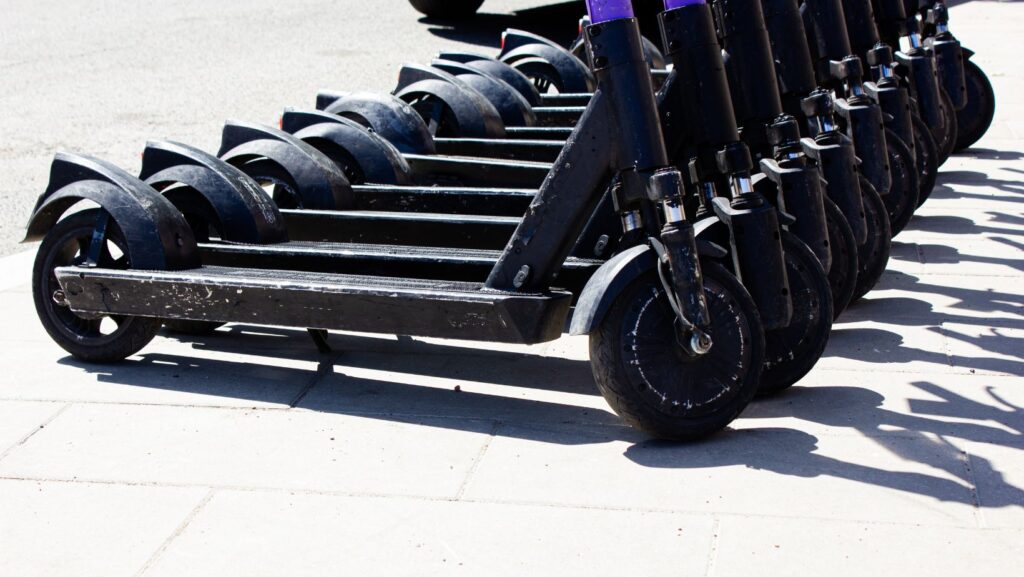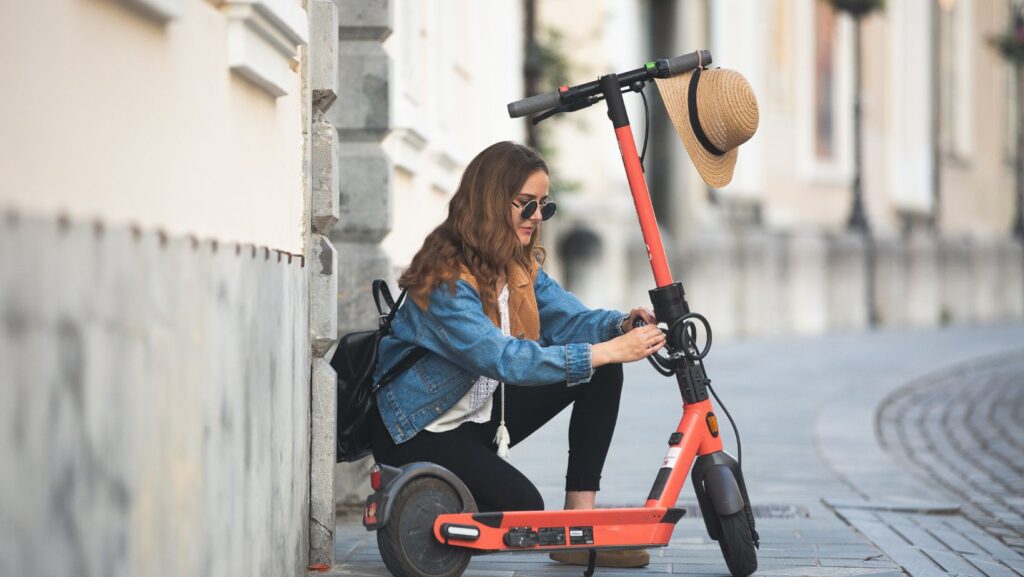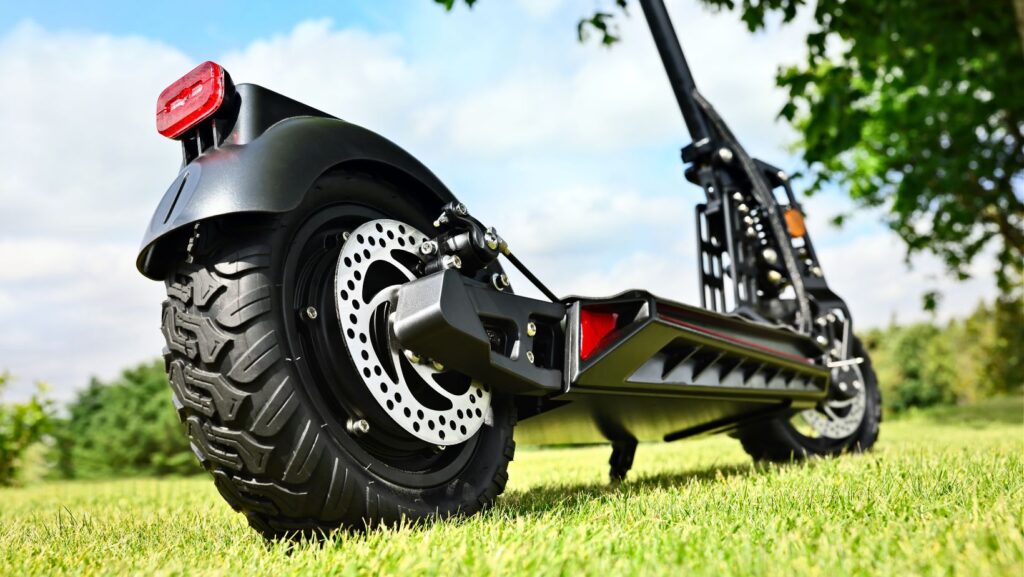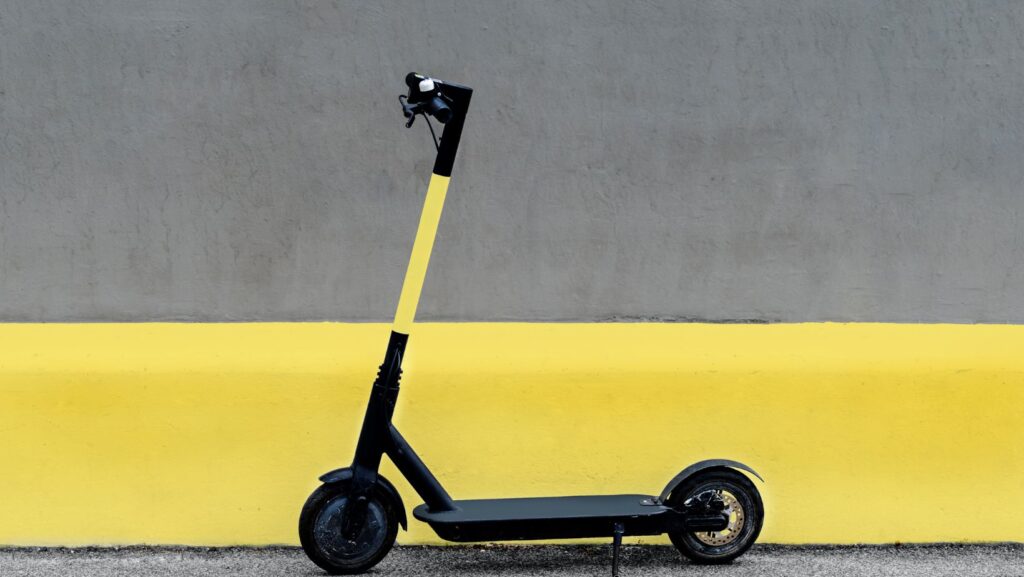DIY Electric Scooter
As an enthusiast looking to embark on a thrilling DIY electric scooter project, you may be curious about the possibilities and challenges that lie ahead. Building your own electric scooter can be a rewarding experience, offering customization options and the satisfaction of creating something unique to suit your needs.

When diving into the world of DIY electric scooter, it’s essential to start with a solid plan outlining your goals, budget, and technical requirements. Researching different components such as motors, batteries, controllers, and frames is crucial to ensure compatibility and optimal performance. Additionally, familiarizing yourself with basic electrical principles and safety precautions will help you navigate the assembly process smoothly.
Whether you’re a seasoned maker or new to the DIY scene, building an electric scooter from scratch requires attention to detail and patience. From selecting high-quality parts to testing your creation thoroughly before hitting the road, each step plays a vital role in bringing your vision to life. With dedication and perseverance, you’ll soon be cruising around on a one-of-a-kind electric scooter tailored to your preferences.
Understanding DIY Electric Scooters
When delving into the realm of DIY electric scooters, it’s essential to grasp the fundamentals before embarking on your project. These customized modes of transportation offer enthusiasts a hands-on approach to personal mobility solutions.
Key Components of a DIY Electric Scooter
To comprehend DIY electric scooters better, let’s break down their key components:
- Frame: The foundation of any scooter, determining its structure and durability.
- Motor: The powerhouse propelling the scooter forward with varying speeds and torque.
- Battery: Providing the necessary energy for the motor to function efficiently.
- Controller: Regulating the flow of electricity from the battery to the motor.

Safety Considerations for Building Your Own Electric Scooter
Safety should always be a top priority when working on a DIY electric scooter project. Here are some crucial safety considerations:
- Wear protective gear: Helmets, knee pads, and elbow pads are essential for safe riding.
- Follow instructions carefully: Adhering to guidelines during assembly is vital for proper functioning.
- Regular maintenance: Ensuring all components are in good condition can prevent accidents.
Benefits of DIY Electric Scooters
Building your own electric scooter offers several advantages:
- Customization: Tailor your scooter to fit your preferences and style.
- Cost-effective: Often cheaper than purchasing a pre-built electric scooter.
- Learning experience: Gain valuable knowledge about electronics and mechanics through hands-on construction.
As you delve deeper into the world of DIY electric scooters, remember that patience and attention to detail are key elements in creating a safe and efficient ride. Experimenting with different components can lead to exciting innovations in personal transportation.
Essential Components for a DIY Electric Scooter
When embarking on the journey of building a DIY electric scooter, it’s crucial to understand the ESSENTIAL COMPONENTS needed to bring your creation to life. Let’s delve into the foundational elements that will form the core of your custom electric ride.
Battery System

One of the most critical components of any electric vehicle is its BATTERY SYSTEM. In the case of an electric scooter, you’ll need a reliable lithium-ion battery pack that can deliver sufficient power for your motor. The capacity and voltage of the battery will determine factors like range and speed, so choose wisely based on your requirements.
Motor and Controller
The MOTOR and CONTROLLER work hand in hand to propel your scooter forward. Selecting a brushless DC motor paired with an appropriate controller is essential for optimal performance. Consider factors such as power output, efficiency, and compatibility when choosing these components.
Frame and Wheels
The FRAME provides structural support while the WHEELS determine stability and maneuverability. Opt for a sturdy yet lightweight frame made from materials like aluminum or steel. Likewise, choose wheels that offer good traction and shock absorption for a smooth ride.
Throttle and Brakes
Control over your scooter is facilitated by the THROTTLE and BRAKES. Decide whether you prefer a thumb throttle or twist grip throttle based on personal preference. Additionally, ensure your braking system is responsive and reliable to guarantee safe operation.

